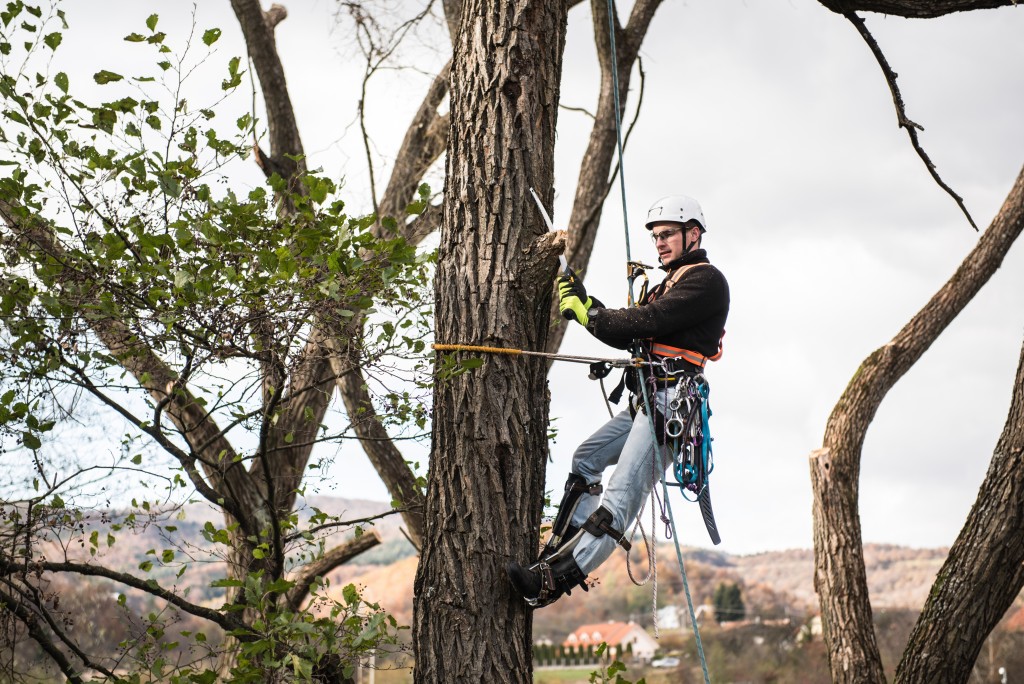People love to plant trees around their homes and for several reasons. Planting trees has plenty of benefits. It’s a highly encouraged practice nowadays because planting a tree can help fight one of our biggest problems, climate change. Trees also give us cleaner and cooler air, helps us conserve energy, prevents water pollution and soil erosion, are home to many animals, and are a natural source of material and food. Planting trees has many beneficial effects. But it can also damage our homes. Here’s how:
Invasive roots
If you have a tree planted too close to your home, it can cause some foundation or pipe damage. A tree’s roots will continue to grow up until it reaches maturity. If the soil around your foundation happens to be affected by these growing roots. It may cause the concrete on your foundation to crack. The same goes for your walkway. That’s how strong trees are. It can cause concrete to crack and it won’t be an easy problem to fix. You’ll need a professional to fix it for you.
The best way to prevent this from happening to you is to make sure that you plant your trees at the right distance. Every tree grows at different heights and different root lengths. Before planting a tree next to your home do some research on how high and how long its roots can grow. Depending on its height you might need to plant your tree 10 to 50 feet away from your home.
Weeping willows, quaking aspens, and sweet gum trees are some common examples of trees that can be invasive and damage your foundation. Weeping willows need tons of water and if not watered enough it will try to get water wherever they can, and that includes your pipes. Quaking aspens grow, spread, and multiply very quickly. While sweet gum trees can grow large and strong roots.
Falling trees or branches

Another hazard that trees pose is falling branches. If you live in a windy or stormy area, you’ll want to make sure that the trees surrounding your home are safely distanced. If you have a particularly weak tree you risk having the branches fall onto your roof. Or worse, having the tree itself fall onto your home. Silver maple trees, cottonwood trees, eucalyptus trees, and pear trees are only a few examples of trees that are prone to falling or breaking during windy and stormy seasons. Having dead trees planted around your home is also dangerous. If you don’t know how to tell if a tree is alive or dead, here’s what you do:
Scratch the bark of the tree with your fingernail or a knife. Check to see if the layer underneath the bark is green or brown. If it’s brown and dry that tree is dead. Don’t scratch a tree’s branch because a tree’s branch could be dead while the rest of it is still alive. Make sure to scratch its trunk. If the tree is dead, you should cut it down. If the tree is alive but has plenty of dead branches, you can always prune the tree instead of cutting the entire thing down.
Clogged air ducts
Another problem homeowners may face, especially during fall, is clogged air ducts. For some reason, leaves always find a way to intrude your home. If it’s not through your window or your front door. They’ll make their way in through your home’s air ducts. This can be a problem because it can cause damage to your ducts and HVAC system. That can be very costly to repair. That’s why you should always make sure to get your air ducts checked during the fall. Air duct cleaning is also particularly important around this season.
If you want to save your home from these problems, make sure to do your research before planting a tree next to your home. Pick the right kind of tree for your area with the right size. Don’t cut down a tree unless it’s dead or poses a major threat to your home. Remember, trees are extremely important. We want more of them, not less.